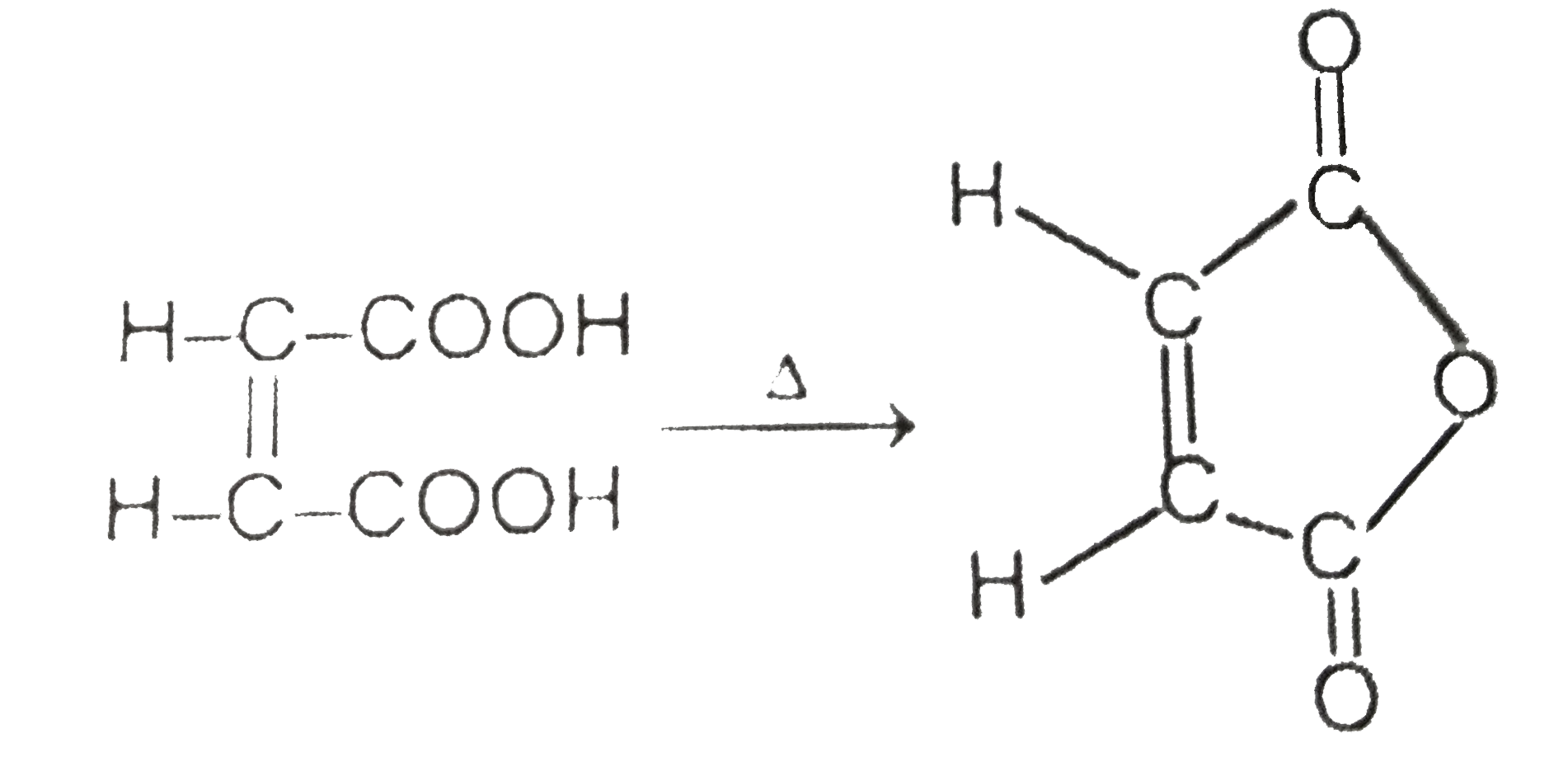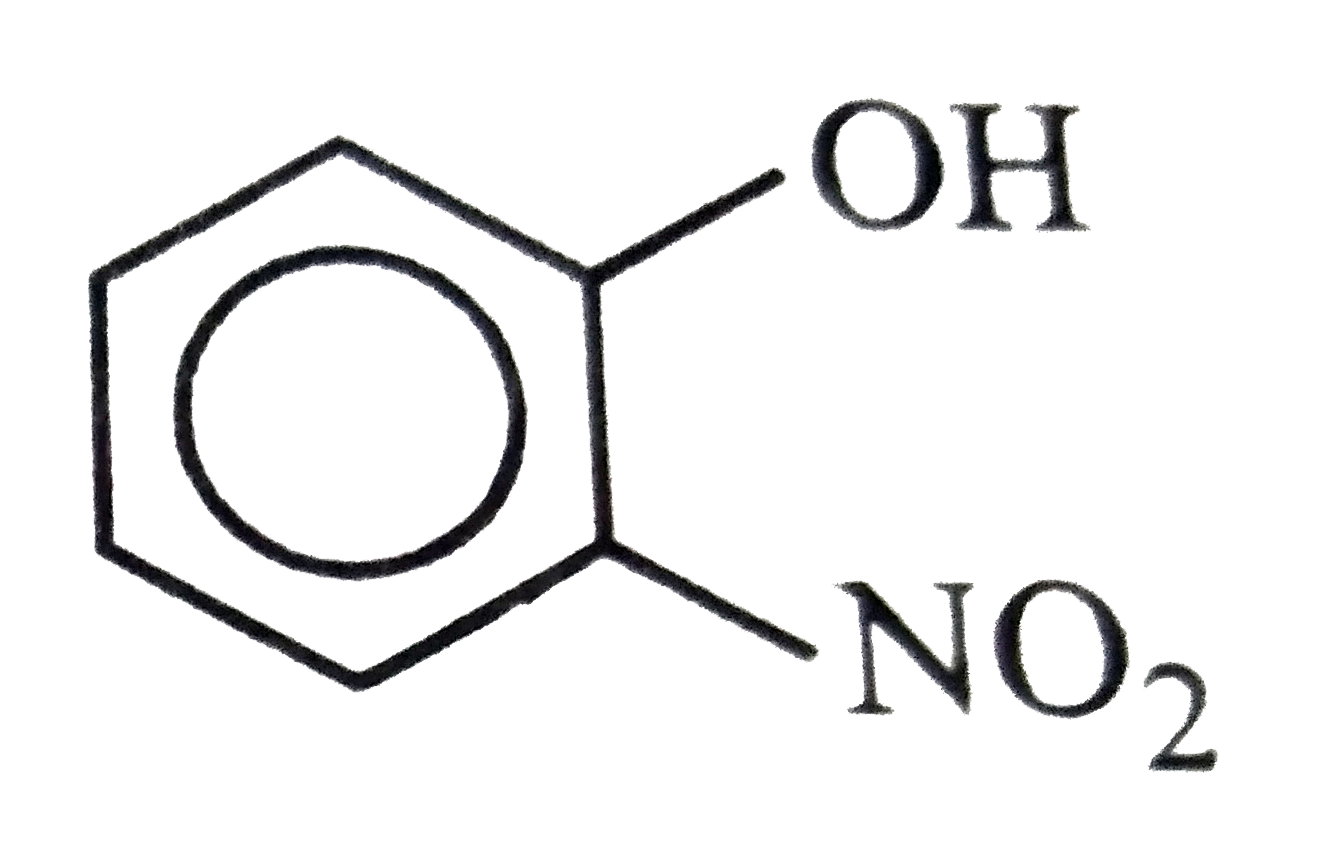Explore topic-wise InterviewSolutions in .
This section includes InterviewSolutions, each offering curated multiple-choice questions to sharpen your knowledge and support exam preparation. Choose a topic below to get started.
| 23701. |
Which of the following shape are not possible for possible value of n in XeF_(n) molecule ? |
|
Answer» LINEAR |
|
| 23702. |
Which one of the following is called pseudo firs order reaction ? |
|
Answer» DECOMPOSITION of acetaldehyde |
|
| 23703. |
When a quantity of electricity is passed through CuSO_(4) solution, 0.16 g of copper gets deposited. If the same quantity of electricity is passed through acidulated water, then the volume of H_(2) liberated at STP will be [given : at.wt. of Cu = 64]. |
|
Answer» `4.0 cm^(3)` or,`(0.16)/("wt. of " H_(2))=(32)/(1)` or, wt. of `H_(2) =(0.16)/(32)=5XX10^(-3)g`. `therefore`VOLUME of `H_(2)`liberated at STP `=(22400)/(2)xx5xx10^(-3)` cc = 56 cc. |
|
| 23704. |
Which is most acidic in nature? |
|
Answer» `Na_2O` |
|
| 23705. |
Two aliphatic compounds will not be considered isomers if they are- |
|
Answer» ALDEHYDE and ketone |
|
| 23706. |
The salt that does not hydrolyse: |
|
Answer» `SnCl_2` |
|
| 23707. |
Which of the following ionic/molecular species does not disproportionate in water at room temperature? |
| Answer» Answer :D | |
| 23708. |
Which of the following dissolves in H_(2)SO_(4) to give oleum? |
|
Answer» `H_(2)S` |
|
| 23709. |
What are lanthanoids ? (Or rare earths) |
| Answer» SOLUTION :The ELEMENTS from lanthanum (Z = 57) to lutetium (Z = 61) are called lanthanoids. In these elements the added electrons enters into 4f-orbitals. | |
| 23710. |
When chlorine is passed through KI and starch solution |
|
Answer» A YELLOW colour is obtained |
|
| 23711. |
When a Radioactive substance is kept in a vessel, थे atmosphere around it is rich with |
|
Answer» He |
|
| 23712. |
Which of the following carbohydrate is synthesised by nature on the largest scale : |
|
Answer» Glucose |
|
| 23713. |
Which among the following is mismatched regarding the shape ? |
|
Answer» `XeF_(4)`- square planar |
|
| 23714. |
When KBr is dissolved in water. K^(+) ions are |
|
Answer» hydrated |
|
| 23715. |
Activated charcoal is used to remove colouring matter from pure substance, it works by |
|
Answer» BLEACHING |
|
| 23716. |
Which one of the following is a covalent crystal ? |
|
Answer» GLASS |
|
| 23718. |
Which of thefollowingstatement (s) is /ar flase forelelctrolytic cell? |
|
Answer» Externalsource of votage is appliedto carry coiutchemical reaction |
|
| 23719. |
Zero order reaction means that the rate of a reaction is independent of the concentration of reactants. Write the integral rate expression for the zero order reaction,RtoP |
| Answer» SOLUTION :k=`[[R_0]-[R]]/t`where`[R_0]`is the INITIAL CONCENTRATION of reactant,[R] is the concentration at time t and k is the rate constant. | |
| 23720. |
Zero order reaction means that the rate of a reaction is independent of the concentration of reactants. Write an example for a zero order reaction. |
| Answer» Solution :THERMAL DECOMPOSITION of HI on gold SURFACE | |
| 23721. |
Two reactions proceed at 25^(@)C at the same rate. The temperature coefficient of the rate of first reaction is 2 and that of second reaction is 2.5. The ratio of rates of these reactions at 95^(@)C is |
|
Answer» 5.6 `THEREFORE(R_2)/(R_1)=((2.5)^7)/(2^7)=4.768` |
|
| 23722. |
[Ti(H_(2)O)_(6)]^(+3) gives violet coloured aqueous solution but [Mg(H_(2)O)_(6)]^(+2) solution is colourless, why? (b) At 10^(@) C, the osmotic pressure of urea is 500 mm. The solution is diluted and the temperature is raised to 25^(@) C, when the osmotic pressure is found to be 105.3 mm. Determine the extent of dilution. |
|
Answer» Solution :(a) In `[T(H_(2)O)_(6)]^(+3)`, the `d^(1)` electrons occupies `t_(2g)` orbital in octahedral field. On irradiation with light. The `I_(2g)` electron is promoted to `e_(g)` orbital and the resulting absorption band gives violet colour. In case of `[Mg(H_(2)O)_(6)]^(+3)`, the electrons configuration of `Mg^(+2)` is `1s^(2)2s^(2)2p^(6)` which does not permit any electronic TRANSITION `(2p to 3s)` as the energy gap is very LARGE or there does not d-d transition of electrons. Hence, it gives colourles solution. (b) For original solution, `500/700 xx V_(1) = x/m xx S xx 283`..........(1) After dilution, `105.3/760 xx V_(2) = x/m xx S xx 298` ..............(2) Dividing EQUATION (2) by (1) `therefore V_(2)/V_(1) =5` `rArr` The solution is diluted to the extent that `V_(2)` is five times the original VOLUME (V). |
|
| 23723. |
Which one is not prepared from tartaric acid : |
|
Answer» TARTAR emetic |
|
| 23724. |
Which of the following is an antipyretic with anaglesic quality? |
|
Answer» CODEIN |
|
| 23725. |
Which of the following undergoes dehydration most readily: |
|
Answer» 1-phenyl-1-butanol |
|
| 23726. |
Which of the followng is insoluble in alcohol : |
|
Answer» RESINS and varnishes |
|
| 23728. |
Which of the following processes does not involve oxidation of iron ? |
|
Answer» FORMATION of `FE(CO)_2` from Fe |
|
| 23729. |
Which is the best decription of behaviour of bromine in the reaction given below ? H_(2)O + Br_(2) HBR + HOBr |
|
Answer» Only oxidised `H_(2)O+overset(0)(B)r_(2) rarr HO overset(+1)(Br)+Hoverset(-1)(Br)` The oxidation number of bromine INCREASES from 0 to +1 and decreases from 0 to -1, dut to this reason bromine is both oxidised as WELL as reduced in the above reaction. |
|
| 23730. |
Which of the following reactions with H_(2)S does not produce metallic sulphide |
|
Answer» `ZnCl_(2)` |
|
| 23731. |
Which of the following compounds when dissolved in water, gives a solution with pH less than seven? |
|
Answer» `CH_3COCH_3` |
|
| 23732. |
Which of the following reaction representes incorrect product |
|
Answer»

|
|
| 23733. |
Whichof thefollowingisomerismis exhibitedin nitrogen ? |
|
Answer» GEOMETRICAL |
|
| 23734. |
When a brown compounds of manganese (A) is treated with HCl, it gives a gas (B) . The gas taken in excess, reacts with NH_(3) to give an explosive compound (C ). Identify compounds A,B and C. |
|
Answer» Solution :`underset((A))(MnO_(2))+4HClrarrMnCl_(2)+underset((B))(Cl_(2))+2H_(2)O` `underset((B))(NH_(3))+underset("excess")(3Cl_(2))rarrunderset("(C)")(NCl_(3))+3HCL` |
|
| 23735. |
The total number of molecules of hydrogen and oxygen that may be obtainedfrom a given amount of H_2O is 6000. Find the amount of H_2O |
| Answer» SOLUTION :`1.195 XX 10^(-19) G` | |
| 23738. |
Which of the following compound does not give reaction with Hinsberg's reagent ? |
|
Answer» TRIETHYL amine |
|
| 23739. |
Which of the following product is not correct : Carbonyl compound + Reagent to Product |
|
Answer» |
|
| 23740. |
Which of the following compound gives a positive iodoform test: |
|
Answer» Pentanal |
|
| 23741. |
What type of ores are concentrated by electromagnetic separation? |
| Answer» SOLUTION :Electromagnetic SEPARATION is employed when either the ore or its impurities are MAGNETIC in nature. | |
| 23742. |
Which of the following compounds is colourless and odourless? |
|
Answer» `CH_(3)`NC |
|
| 23743. |
Which is chemically most active non-metal |
|
Answer» Fluroine |
|
| 23744. |
Which of the following process is used in the extractive metallurgy of magnesium ? |
|
Answer» FUSED SALT electrolysis |
|
| 23745. |
What is the order of bond enthalpies of halogens? Why is it not opposite to that of bond lengths? |
|
Answer» Solution :Bond lengths ofhalogens are in the ORDER : `F_(2)ltCl_(2)ltBr_(2)ltI_(2)`. Bond energies are expected in the order : `F_(2)ltCl_(2)ltBr_(2)ltCl_(2)`. But the experimental bond enthalpies are : `Cl_(2)gtBr_(2)gtF_(2)gtI_(2)`. Bond enthalpy of `F_(2)` is very less , because lone pair lone pair repulsions are APPRECIABLE in `F_(2)` as the bond LENGTH is small in `F_(2)`. It was also thought , though not APPROPRIATE , that F-F bond is weak as multiple bond is not possible with no d-orbitals in the valence shell of fluorine . |
|
| 23746. |
What do you mean by ppm mode of concentration ? |
| Answer» SOLUTION :PPM = Number of parts of the component / Total number of parts of all components of the solution ` XX 10^6` | |
| 23747. |
Which out of the following is a macromolecular and multimolecular colloid ? Starch sol, sulfur sol. |
| Answer» SOLUTION :Macromolecular: Starch: MULTIMOLECULAR : SULFUR SOL. | |
| 23748. |
What type of hybridization is involved in PCI_5 ? |
| Answer» SOLUTION :`sp^3 d.` | |
| 23749. |
Upon irradiating californium with neutrons, a scientistdiscovered a new nuclide having mass number of 250 and a half-life of 30 min. After 90 min. of irradiation, the observed radioactivity due to nuclied was 100 dis/min. How many atoms of the nucliede were prepared intially? |
|
Answer» `2.4xx10^(4)` |
|
| 23750. |
Using bond enthalpy data, calculate enthalpy of formation of isoprene. Neglect resonance in isoprene. {:(5 C(s)+4H_(2)(g) rarr H_(2)C=C-C=CH_(2)(g)),("|""|"),(""CH_(3)H):} {:("Given :",C-H=98.9" k Cal",,,H-H=104" k Cal",,),(,C-C=83" k Cal",,,C=C=147" k Cal",&),(,C(s) rarr C(g)=171" k Cal".,,,):} |
|
Answer» |
|





